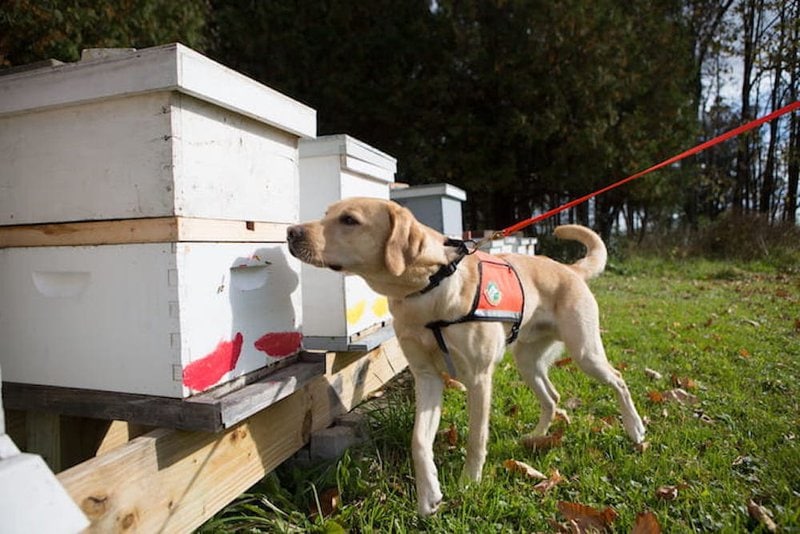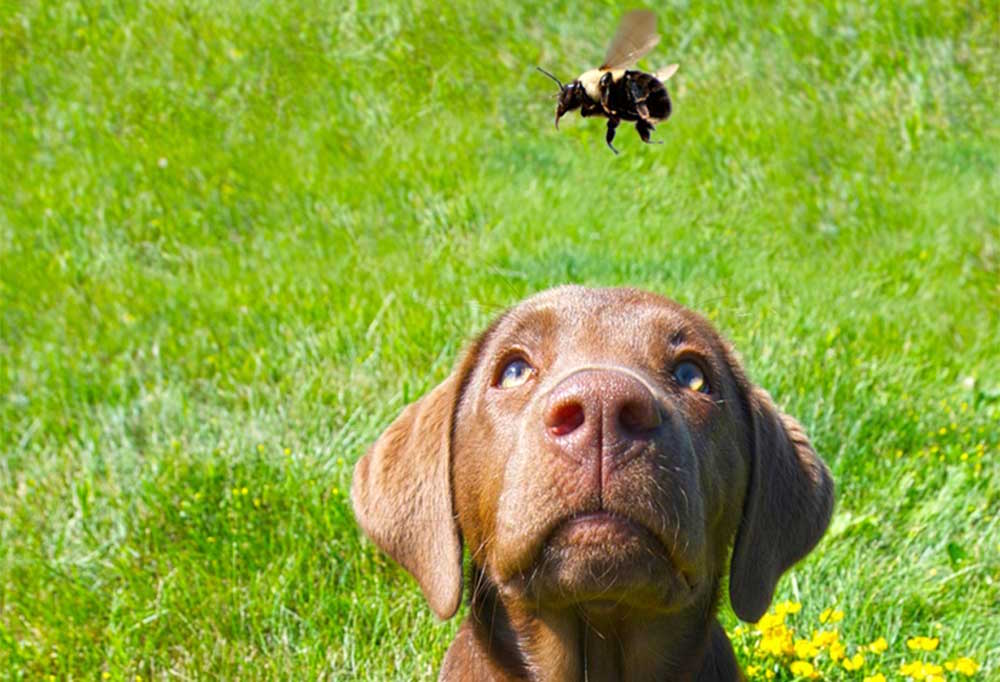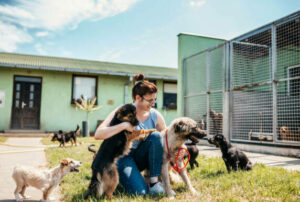A researcher has been getting a lot of help in her search for bumblebees from a conservation dog. Jacqueline Staab, with the help of her German Short-Haired Pointer named Darwin, has been exploring around Hoosier Pass and parts of the White River National Forest in Summit County, Colorado in search of the alpine bumblebees.
Staab, who is doing her master’s in evolutionary ecology for the past 5 years, has taken Darwin for the first time this year during her research season at Summit County to seek out alpine bumblebees that declining in numbers every year.
A Canary In Coal Mine

“Bumblebees are like a canary in a coal mine in detecting changes in our climate”, Staab said. “By seeing how they’re reacting out there, it can help us predict future movements and shifts.” She noted that this year has the lowest number of bumblebees seen in years. “We’re not seeing many bumblebees, so we definitely have our work cut out for us.”
A wide variety of pollinators are needed to ensure plant diversity and bumblebees are considered one of the keystone pollinators that keep the balance of nature in check. If you take out or reduce the population of one, then plant diversity will suffer next, leading to more problems in the balance of our ecology.
Staab’s research has not been only focused on the bumblebee’s need for floral resources, but also on their nesting behaviors and their need for overwintering sites. “In order to conserve these species, we need to know all parts of the puzzle,” Staab stated. “The more we can find out about the full picture of their nesting preferences, their nesting ecology – we really know nothing – the better we can see the whole picture so we can find a solution.”
Darwin’s Method Of Detection
Darwin is the first dog trained to find bees and Staab said he is a natural. There is a certain set of traits that detection dogs need and Darwin is apt for the job. Pointer dogs typically hold their heads close to the ground and bumblebees usually nest in abandoned animal burrows, woodpiles, sheds, and grass clumps.
Staab adopted Darwin when he was just a puppy and was later trained by Amber Siebsen in Highland Canine Training in North Carolina. Siebsen trained Darwin just like any other dog but with a specific emphasis on bees.
Siebsen would fill pipes with bee’s nests and play fetch with Darwin to expose it to the odor. Next, his behavior was shaped by teaching Darwin what to do when he finds the smell by letting him stay a few feet away from the bees to protect himself.
Siebsen said that this was easy because “pointers naturally point.” She also said dogs are a lot more effective at locating things in nature compared to humans because of their developed olfactory sense. “With Darwin, you’re able to clear a large chunk of forest or field very quickly, much faster than you would be able to just walking around and looking.”





